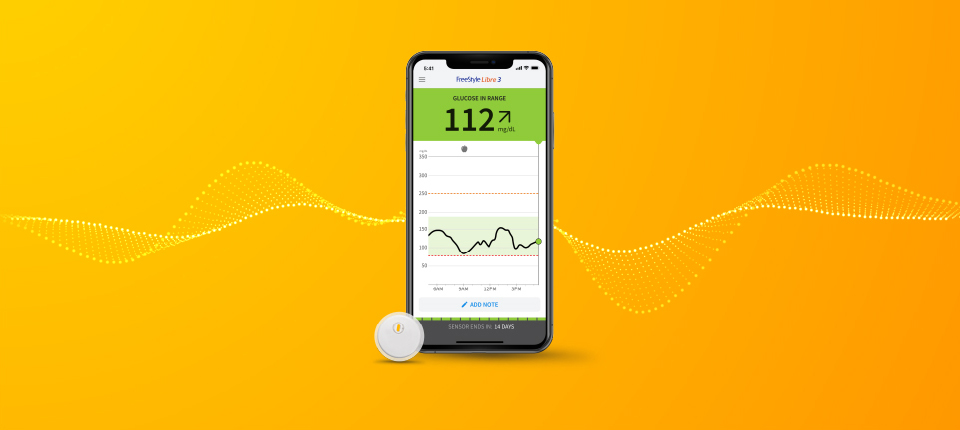There are few keys to a long, productive life more important than a steady, strong heart.
The problem is that most of us basically take it for granted. We don’t — and won’t — know for certain our heart is healthy until 1) we have detailed testing or 2) something goes very, very wrong.
So how do we best ensure we are living heart-healthy lives?
Heart-Healthy Life Advice, Part 1: Assume Nothing
- Myth No. 1: “I’m not old, so I’m not worried.”
Here’s a stat that jumped off the page when we took a look at how prevalent heart conditions are for every age group:
There’s a 2% differential between those who are 42-57 years old and those who are 18-25.1 Just two percent.
People just tend to assume that cardiac conditions are predominantly found in older individuals — and that disease is neatly and evenly divided up across gender and demographic populations.
No.
Anyone at any age is at risk of cardiac conditions, and it’s never too early to make heart health your priority.
- Myth No. 2: “Everyone receives the same level of cardiac care.”
Considerable research into the area of access to quality medical care has shown that conscious or unconscious gender, racial and ethnic biases are adversely impacting the vascular health of women and people of color.
Among other findings, women and non-white patients are less-likely to be recommended for and receive interventions like cardiac catheterizations, with poorer clinical outcomes. For patients under 50, the overall mortality rate during hospitalizations for myocardial infarctions (that’s the medical term for a heart attack) was twice that of men in the same situation.
- Myth No. 3: “I take great care of myself, so I’m not at risk.”
Well, ask Jay King about that.
King was a poster boy for middle-age health. A triathlete who continued to compete into his late 50s, he was exercising daily and living right when he went in for a routine physical and learned he was suffering from atrial fibrillation — an irregular heartbeat. He was asymptomatic.
He received great care, but the initial intervention didn’t work, and his heart stopped while he was cycling. He was lucky that a passerby saw him on the road, and he eventually received the long-term intervention that worked for him.







FOLLOW ABBOTT